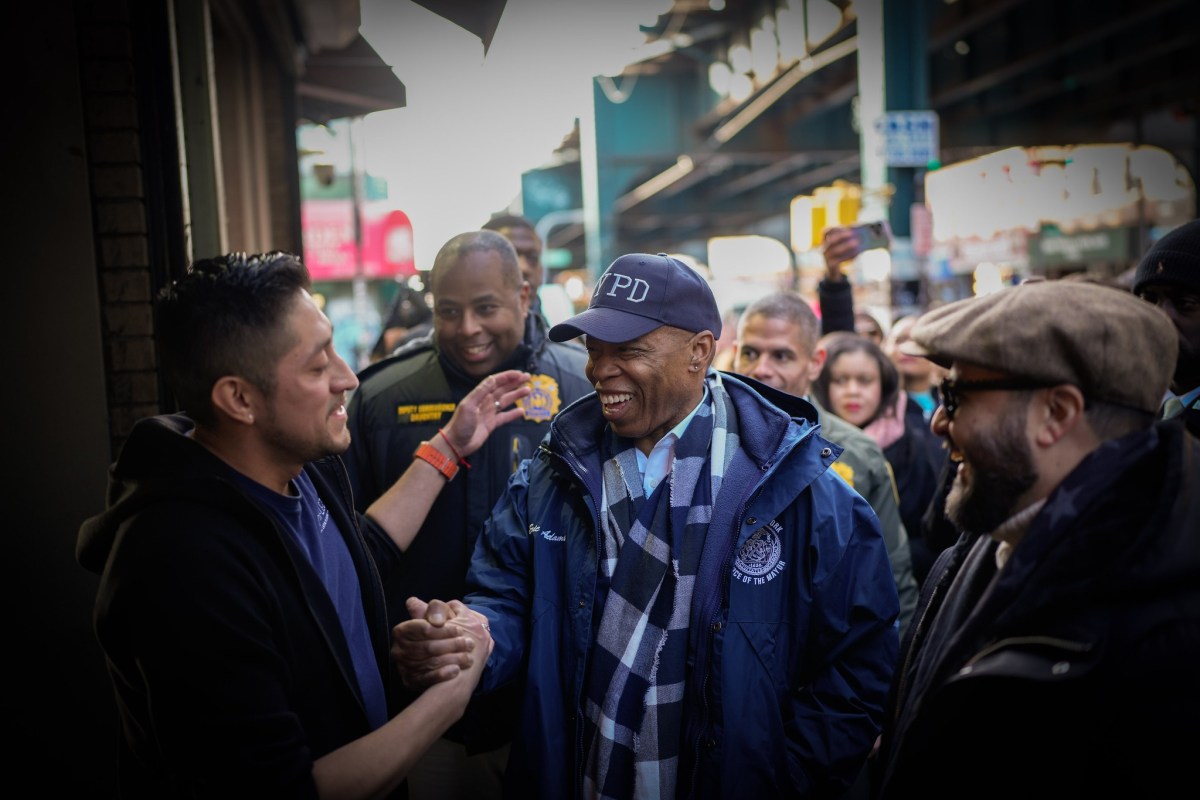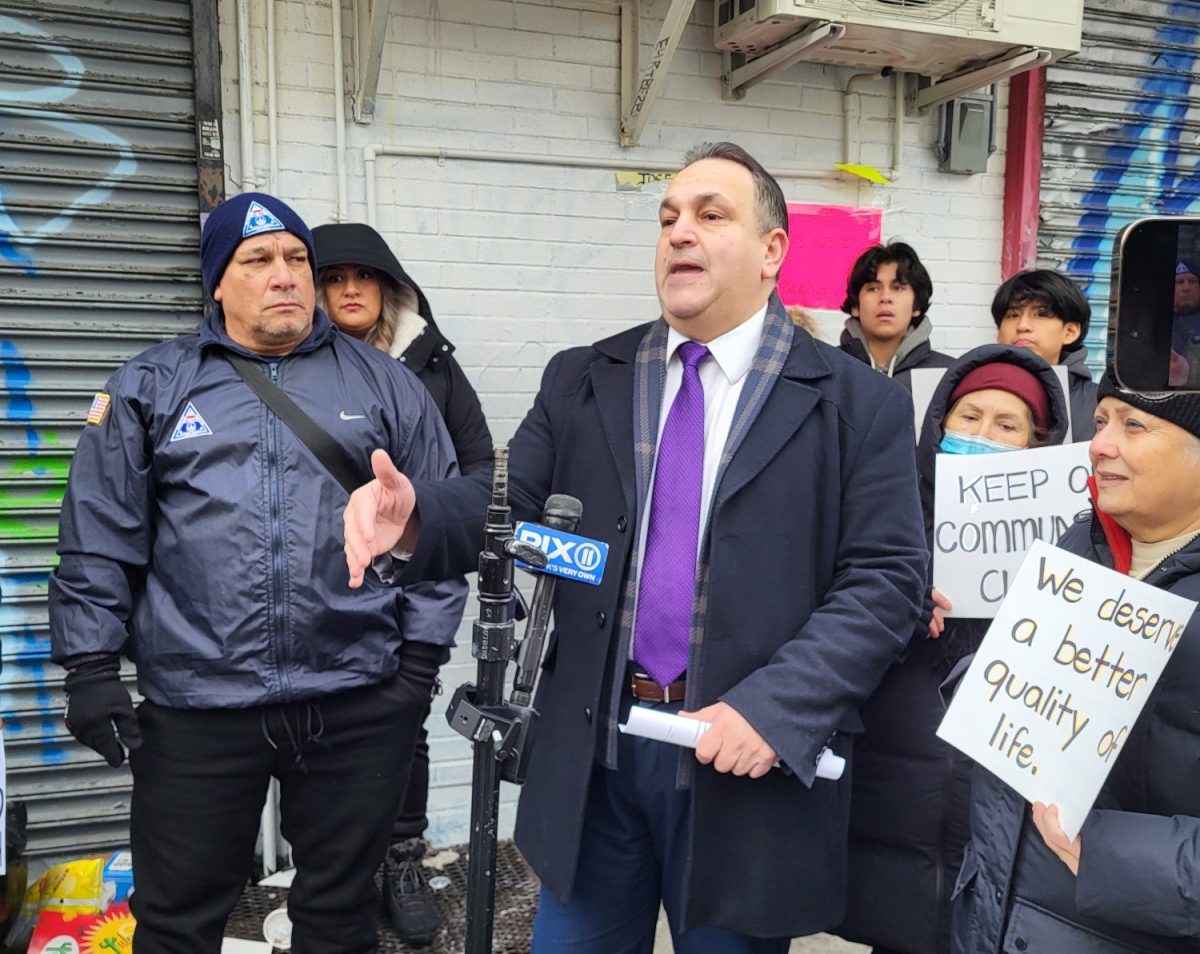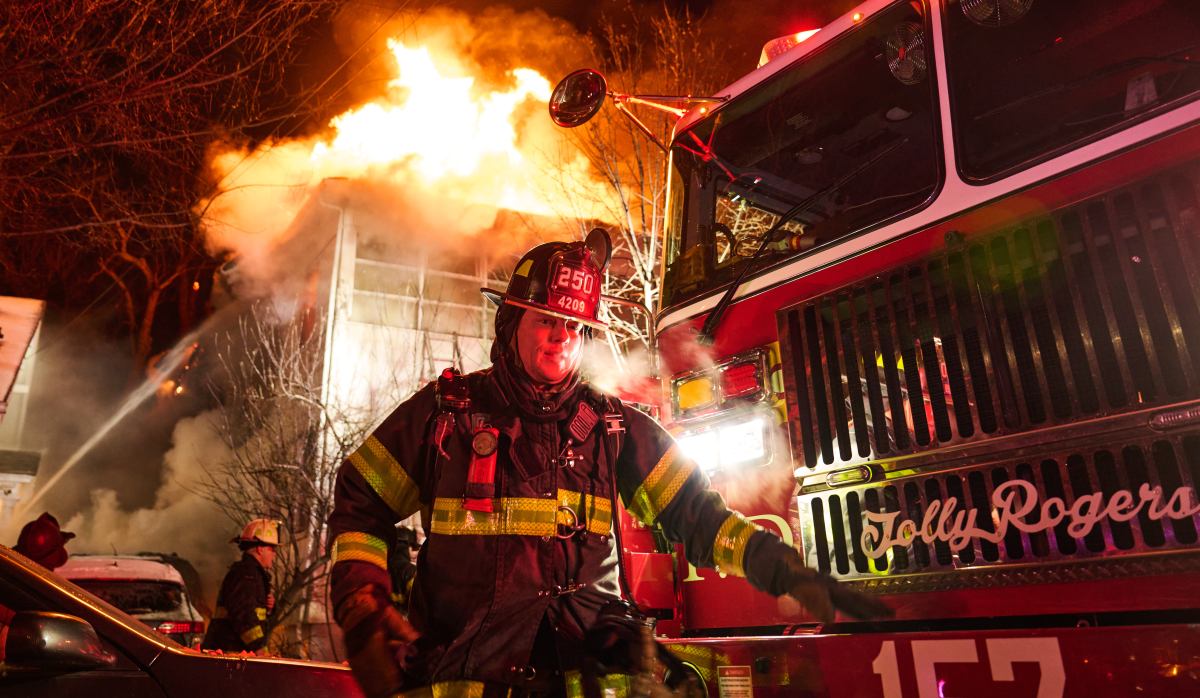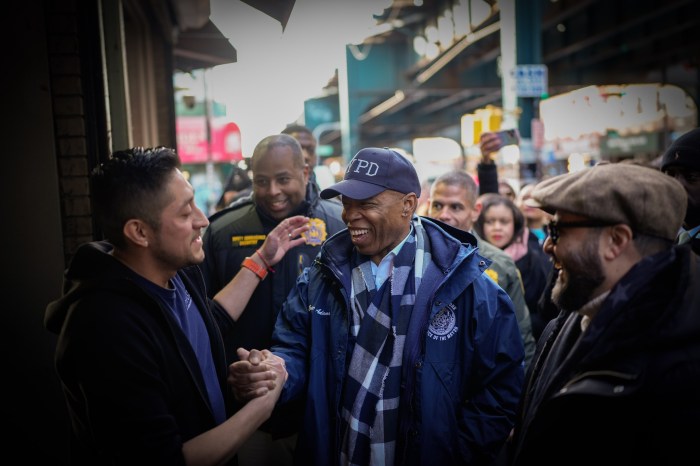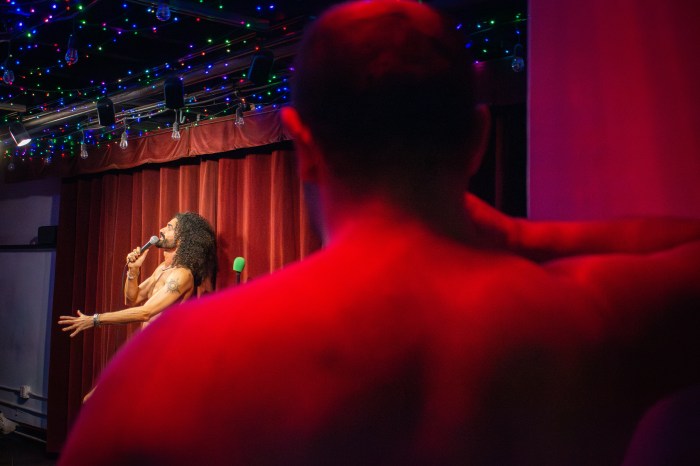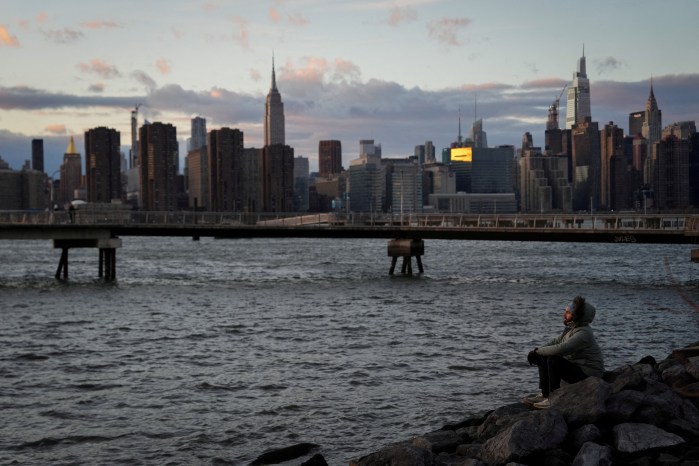
Those who read certain weekly magazines specifically for the cartoons may be overjoyed to learn about a brand-new anthology. “The Ultimate Cartoon Book of Book Cartoons” by NYC-based cartoonist Bob Eckstein focuses exclusively on works about bookstores and the literary world at large through the work of 33 cartoonists, including Sam Gross, Roz Chast, Liza Donnelly and Bob Mankoff. Some cartoons have been previously published in The New Yorker, while others are exclusive to this new title, out Tuesday. amNewYork spoke with Eckstein about his career cartooning, how he compiled this massive collection and why the internet is endangering cartoons as we know them.
How did you start cartooning?
I got into cartooning on a dare. I was finishing my book, “The History of the Snowman,” and I was invited out to the famous New Yorker weekly lunch. There, I met Sam Gross, and he invited me to come back and submit cartoons to The New Yorker, and they actually purchased the first cartoon that I did. But that was just beginner’s luck. It took a long time to sell the second one. I became a cartoonist and started working for Barron’s, Reader’s Digest, Playboy, Wall Street Journal and [in 2011] was nominated Gag Cartoonist of the Year [by the National Cartoonists Society], so I had some success.
As a newly successful cartoonist, what did you work on next?
I was writing a book on bookstores and wanted to raise awareness of independent bookstores. I spoke a lot about that on radio and TV. I’m also an expert on snowmen, man’s earliest form of folk art.
What made you want to compile “The Ultimate Cartoon Book”?
This book is a follow-up to my book, “Footnotes from the World’s Greatest Bookstores,” which was a New York Times bestseller, and warmly received by the independent bookstore community. I couldn’t get someone to do a sequel with more bookstores, so this is a celebration of bookstores and books and all the people who I’ve befriended who own and work in bookstores. It’s a celebration of cartoons, the good old days of The New Yorker, giving a showcase and forum to veterans who we no longer see in the magazine.
How did you curate the collection?
It was very easy [to curate]. I have so many favorite cartoonists, so I made a list ranging from household names like Roz Chast to people who I know who haven’t been on the radar, like Nick Downes. I reached out to all of them and invited them to be in this book. Every few weeks I have brunch with friends who are New Yorker cartoonists, and they all chimed in with opinions and which cartoons are their favorites.
 By Robert Leighton, from "The Ultimate Cartoon Book of Book Cartoons" (c) 2019 Bob Eckstein, published by Princeton Architectural Press. Reprinted with permission of the publisher.” class=”wp-image-129254145″/>
By Robert Leighton, from "The Ultimate Cartoon Book of Book Cartoons" (c) 2019 Bob Eckstein, published by Princeton Architectural Press. Reprinted with permission of the publisher.” class=”wp-image-129254145″/>And how did you organize all the cartoons?
The last stage was putting them in order, so the cartoons would complement each other, so there’s a certain flow. Visually, I didn’t want to fatigue the viewer. I didn’t want every scene to be in a bookstore, so I thought of creative ways on how we were commenting on bookstore life without making everything the same bookstore scene. For example, there’s a cartoon about the Brontë sisters out on the moors, if they had written science fiction, and Charlotte is getting sucked up into the UFO — it’s an unusual way to comment on a classic without going into a scene in the bookstore. I like to keep the viewer surprised.
In addition to themes, did you aim to include a wide range of voices in the collection?
When I chose who the cartoonists would be, I kept diversity in mind, young and old [cartoonists] and different styles, but that kind of comes naturally. That’s the case with the top cartoonists. They are diverse and come to the game with their own voice. I prided myself by making selections based on merit more than anything else. Nothing political, no back story, but the cartoons are simply the funniest cartoons I could find that were about bookstores. My end game was to make the book as funny as it could be.
What is your advice for aspiring cartoonists?
Cartooning isn’t an easy business, but hopefully this book will help make it an easier business to get into by making people more aware again of cartoons. It’s a little bit of a forgotten thing and I hope that in some way I’m shining a light back on cartooning. The main thing is to find your own voice and state your own point of view. Art is about storytelling and your ability to tell a story.
Has the internet changed cartooning?
Unfortunately the internet has made the art of cartooning a less valued commodity, just like it’s harder for photographers to sell images or musicians to sell physical albums. With cartoons, people can lift them from the internet and people can steal more easily. Unfortunately society doesn’t value our artists the same way we have in the past, but I’m hoping having a physical book of cartoons changes that perception.
IF YOU GO
Bob Eckstein celebrates the release of "The Ultimate Cartoon Book of Book Cartoons" with New Yorker cartoonists Marisa Acocella, Robert Leighton and Barbara Smaller on April 9 at 6 p.m. at Rizzoli Bookstore | 1133 Broadway, FREE














